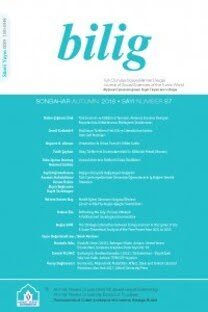The Role of Women in the Altaic World. Ed. Veronika Veit. Wiesbaden: Harrasowitz Verlag, 2007. 335 pages
something else, cannot be clarified" (31). In another article entitled "Maidens, Towers and Beasts," Mihály Dobrovits follows the traces of the motif of the "girl locked up in the tower" within the framework of the Turkic peoples of Central Asia, China, and Medieval Italy and concludes that the "girl locked up in the tower" is "one of those motifs spreading from the east to the west, appearing several times and in varying context" (55). Likewise, in the article entitled "Die Frau in der Volksdichtung der Tuwiner im Altai," Erika Taube, one of the most important Tuva specialists, examines the depiction of Tuva women in Tuva folk literature through the materials and observations she obtained between 1966 and 1985. Erika Taube notes that the positive traits of the Tuva women, such as smartness, maturity and beauty, have been depicted in Tuva folk literature, whileas their negative features, such as jealousy and ill-will, have rarely been displayed in these works. Further, she claims that, different from the European fairy tales, in Tuva folk literature the motif of the bad mother-in-law is almost nonexistent. Interestingly enough, some articles give insight on the interaction between language and women. In "Female Variant of Japanese," V. M. Alpatov pays attention to the female variants of Japanese by comparing it to the male variants. According to the writer, the difference between the two variants is based on "both linguistic and social reasons" (14) and the social role and position of the Japanese woman cause her to use more polite and emotional variants than the Japanese man does. Another article entitled as "Bezeichnungen des Weiblichen im modernen Khalkha-Mongolisch," written by A. Senderjav, concentrates on the relationship between language and the representation of femininity through language. Senderjav studies the characteristics of the Mongolian nouns and verbs that indicate the gender differences. The essayist gives information about the linguistic elements that signify femininity in contemporary Mongolian language and talks about how these Mongolian elements that refer to femininity should be translated into German. All in all, this book is an impressive work in scope, including a variety of information about women living in different regions of the Altaic world. It is also remarkable in its interdisciplinary approach to its subject in that one can have access to sociological, ethnographic, literary, and linguistic information about Altaic women. All these qualities make the work a valuable source book for students and scholars in this field
